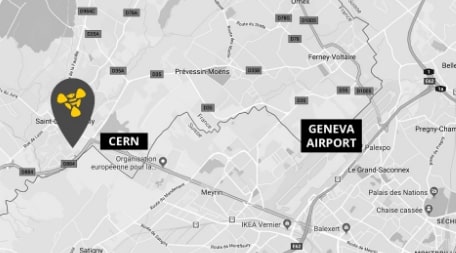In the era of smart buildings, the need to understand and optimise space usage has never been greater. People counters play a crucial role in this ecosystem, helping building owners and facility managers make data-driven decisions while maintaining privacy compliance under the General Data Protection Regulation (GDPR).
What are GDPR-compliant people counters and how do they work?
These people counters use technologies like thermal imaging or time-Of-flight to track building usage without identifying individuals.
They comply with GDPR (General Data Protection Regulation) by not collecting any personal data.

What kind of data do people counters provide?
People counters provide anonymous occupancy data, such as the number of people in a specific area at a given time. This data doesn’t reveal identities or track individual movements.
How does IoT connectivity benefit people counters in smart buildings?
IoT platforms securely connect counters to a central hub, allowing real-time data collection and integration with other building sensors for a comprehensive view of building usage. This creates a network of IoT people counters for a more holistic understanding of space utilisation.
What role does data management play in this system?
Data management solutions process the raw data from people counters. They generate reports, create real-time dashboards, and provide actionable insights for smart building optimization.
How can building owners leverage people counting data?
Owners can identify underused areas, optimize space allocation, and reduce energy costs. Additionally, they can receive alerts for overcrowding and make informed decisions about future building design that incorporates GDPR-compliant people counting from the start.
How do facility managers benefit from people counter data?
Facility managers gain real-time insights for better space management, improved cleaning schedules, and ensuring occupant comfort based on actual usage patterns.
How does this technology impact employees in a smart building?
This technology impact employees in a smart building by optimizing space and resource allocation with the help of GDPR-compliant people counters, a well-maintained, efficient workspace is created that caters to employee needs and enhances comfort.
Are there any security concerns with using people counters?
As long as the counters are GDPR-compliant and the data management solutions prioritise security, the risk is minimal. Look for providers that offer secure data transmission and anonymization techniques.
What's the future of people counters in smart buildings?
As IoT and data management solutions evolve, people counters will become even more sophisticated, providing even deeper insights into building usage patterns, leading to smarter, more sustainable, and privacy-conscious building design and management.
People counters from Terabee
Terabee Time-of-Flight and thermal infrared people counters offer accurate data collection, GDPR compliance, and numerous opportunities for innovation and efficiency in smart building management. These include enhanced resource allocation, space optimization, energy efficiency improvements, and security enhancements.
With its wide area coverage and using the latest thermal technology, Terabee People Occupancy Counting is a GDPR-compliant-by-design device, which is ideal to optimize large spaces such as open plan offices and coworking areas. By sensing thermal signature, Terabee People Occupancy Counting uses non-intrusive, anonymous heat source image data. Personal identity can never be captured.
The Terabee People Flow Counting L-XL and People Flow Counting M 2.0 focus on the movement and patterns of people within a space, rather than just the count. These devices are ideal for optimizing space utilization, reducing energy consumption, improving customer experiences and navigation within smart buildings.











